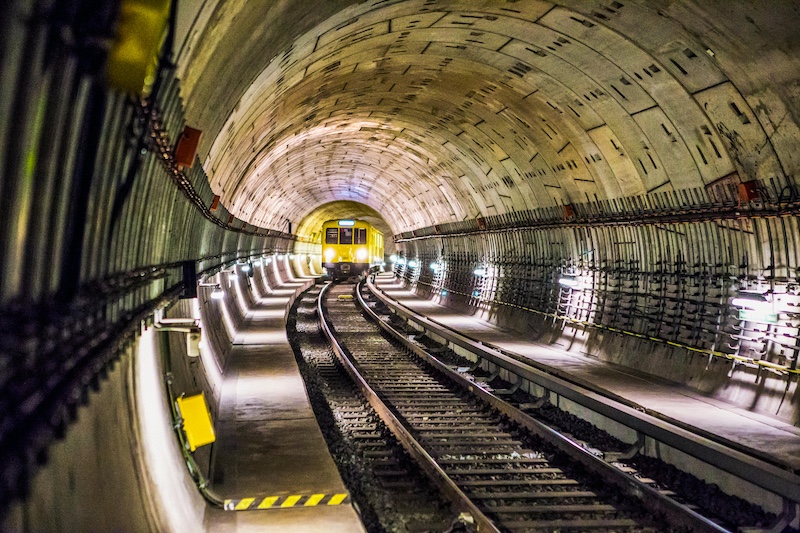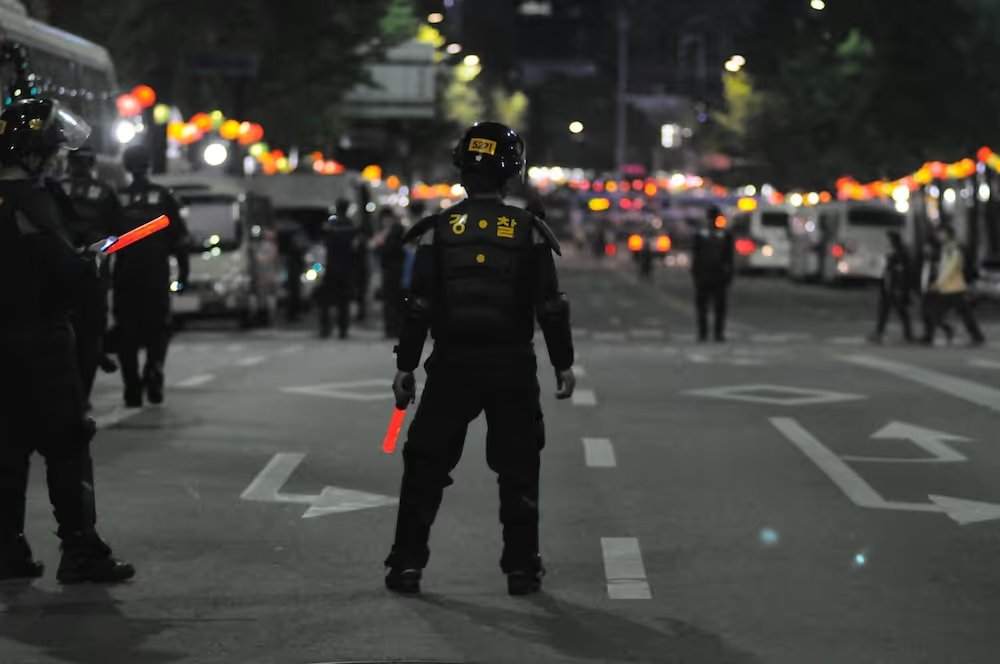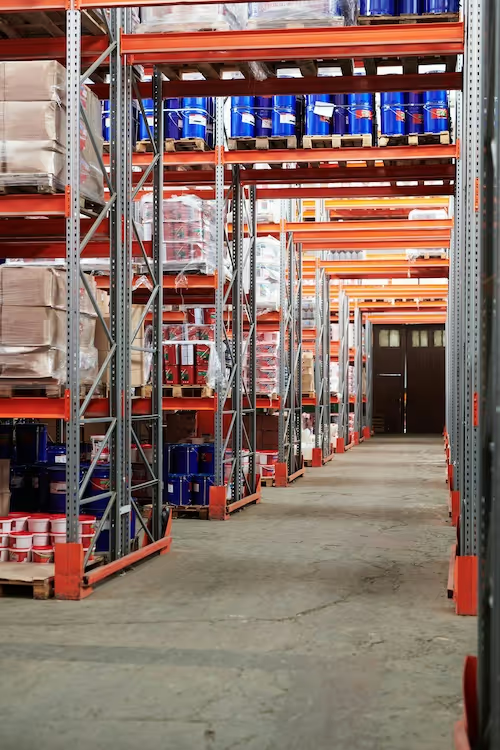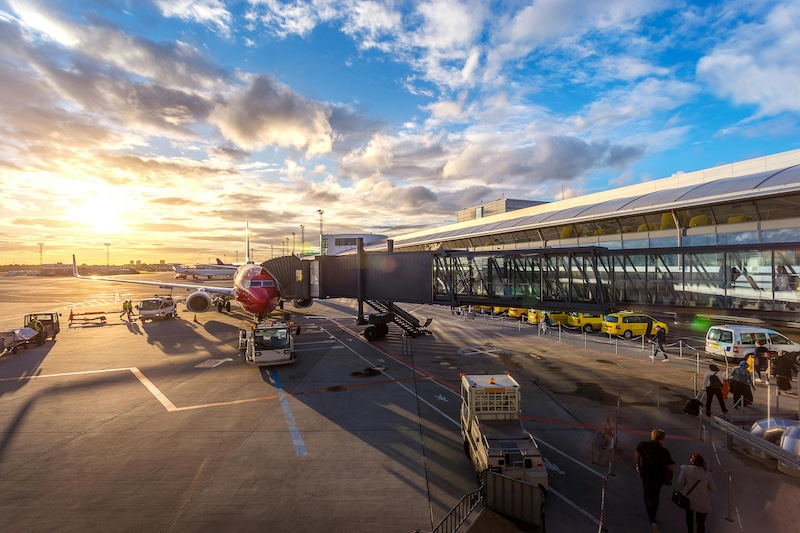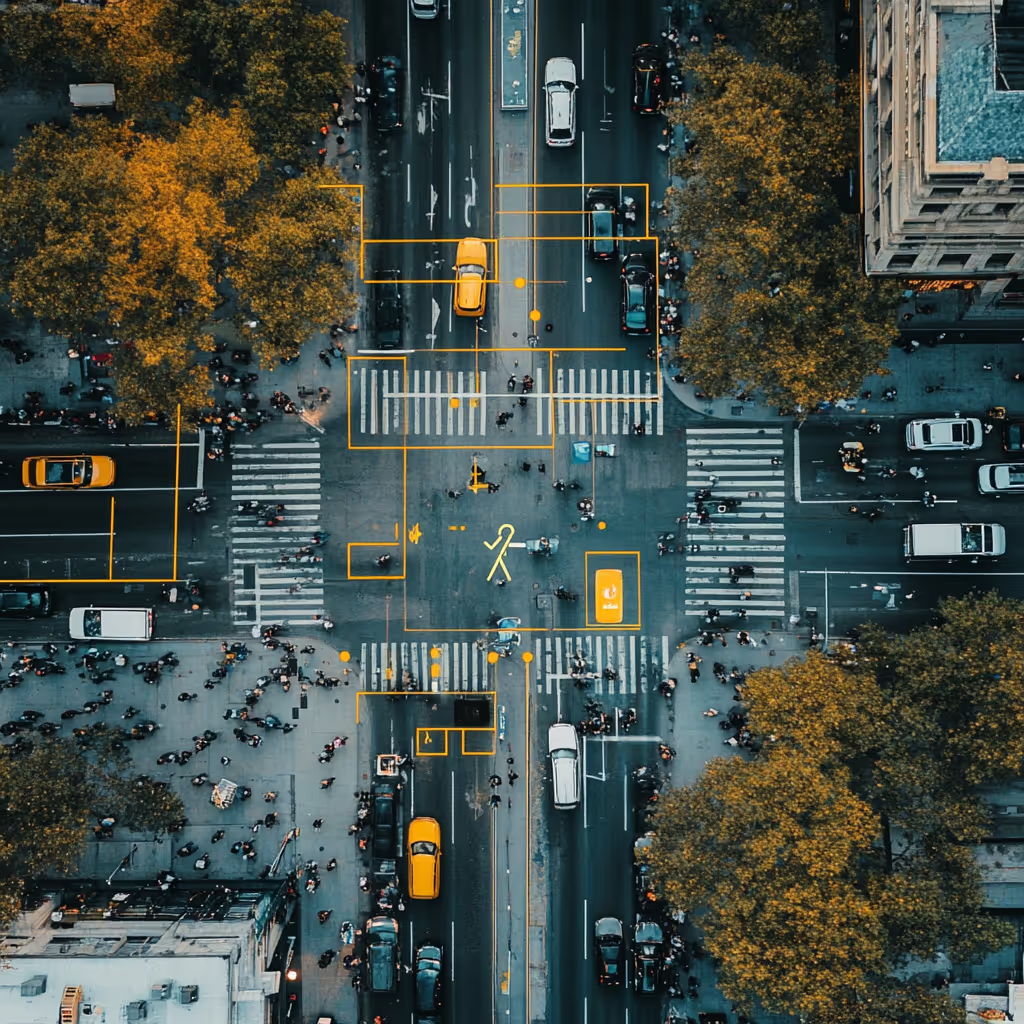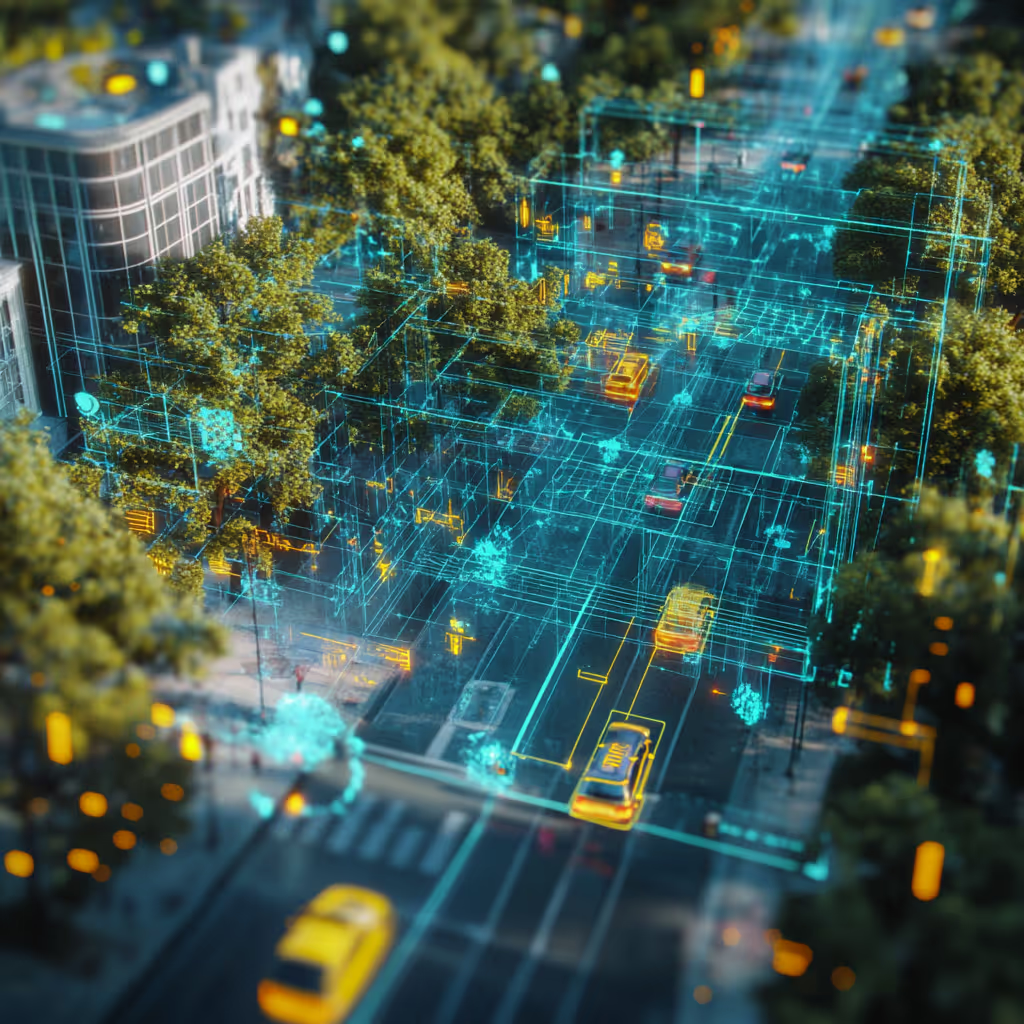The Invisible Hand Behind Vision AI
When we marvel at how accurately an AI detects faces, cars, or defects in a factory, we're really witnessing the result of countless hours of meticulous annotation. Before any neural network can "see," it needs to be shown what to look at—and how. That’s the job of Image Annotation.
But not all image annotations are created equal.
Some tasks need simple bounding boxes, while others demand pixel-perfect segmentation or anatomical keypoints. The technique you choose affects everything from model accuracy and processing speed to project timelines and costs.
Let’s explore how each annotation method shapes AI’s perception of the world 🌍
Why the Type of Image Annotation Matters
Image annotation is more than just drawing lines on a screen. Each technique encodes a different kind of spatial understanding:
- Bounding boxes tell AI where objects are
- Polygons define the exact shape of irregular objects
- Keypoints locate anatomical or structural reference markers
- Semantic segmentation teaches models the difference between object categories across every pixel
- Instance segmentation adds individual object differentiation on top of pixel-wise classification
The annotation method impacts:
- 🧠 Model architecture selection (e.g., YOLO vs. Mask R-CNN)
- ⏱️ Annotation time per image
- 💰 Labeling cost and team size
- 📈 Final model accuracy and generalization
Choosing the right annotation strategy is foundational to computer vision success.
When to Use Each Annotation Approach
Each project has different needs. Here’s how to align annotation techniques with real-world use cases.
Bounding Boxes: Simple and Scalable 📦
Bounding boxes are ideal for object detection tasks where exact shape doesn’t matter—like detecting the presence and location of cars, pedestrians, or animals.
Use bounding boxes when:
- You’re building a fast, real-time object detector (e.g., YOLO)
- You need to detect objects in crowded scenes
- Labeling speed and cost are critical
Industries that benefit:
- Retail (e.g., product detection on shelves)
- Security (e.g., identifying people in surveillance footage)
- Agriculture (e.g., fruit detection in orchards)
Limitations:
Bounding boxes may capture background clutter or fail to separate tightly clustered objects, especially with irregular shapes like leaves or hands.
Polygon Annotation: Precision for Irregular Objects 🔷
Polygon annotation outlines the exact shape of an object, making it suitable for segmentation or classification tasks where spatial detail is critical.
Ideal for:
- Autonomous Driving (e.g., segmenting roads, sidewalks, traffic signs)
- Medical imaging (e.g., tumor boundaries in radiology)
- Environmental AI (e.g., mapping forest or water zones)
Why it matters:
By offering pixel-level accuracy, polygons enable models to distinguish between overlapping or similar-shaped objects.
Bonus: Some platforms now support smart polygon tools that snap to object edges automatically, reducing manual effort.
Keypoints and Skeletons: Human Pose and Landmarks 💃
Keypoints are used to annotate specific object parts—commonly joints, facial landmarks, or moving parts.
Great for:
- Human pose estimation (e.g., for sports analytics or workplace safety)
- Facial analysis (e.g., emotion recognition or gaze tracking)
- Animal studies (e.g., wildlife behavior)
Used in models like:
- OpenPose
- MediaPipe
- DeepLabCut
Challenges:
Keypoint annotation requires annotators to understand complex structures, which can increase training time.
Semantic Segmentation: Understanding Every Pixel 🧠
In semantic segmentation, every pixel is assigned to a class label (e.g., “sky,” “road,” “car”). It’s ideal for tasks where complete scene understanding is required.
Used in:
- Urban planning (e.g., satellite image analysis)
- Healthcare (e.g., organ segmentation)
- Robotics (e.g., indoor navigation)
Key Benefit:
It gives AI the ability to perceive object boundaries at the pixel level.
Common Models:
- U-Net
- DeepLab
- SegFormer
Instance Segmentation: Object-Aware Pixel Labeling 🎯
Instance segmentation combines detection and segmentation: it tells you not only what the object is, but also which object.
For example:
Detecting and segmenting five people in a crowd—each as a unique instance.
Crucial for:
- Multi-object tracking
- Smart retail analytics
- Self-driving cars in complex urban settings
Real-World Annotation Scenarios
Annotation isn’t just a behind-the-scenes process—it’s the lifeblood of many high-impact AI applications across industries. Here’s how different annotation strategies are powering innovations in the real world:
🚧 Construction Site Safety Monitoring
Modern construction sites are deploying AI-powered SmartCam systems to enforce safety protocols and monitor human activity. Annotation plays a central role:
- Bounding boxes are used to detect workers and construction vehicles in real-time.
- Keypoint annotations help determine worker posture—important for detecting falls, crouching, or unsafe bending.
- Instance segmentation identifies personal protective equipment (PPE) like helmets and vests.
- Semantic segmentation can map safe walkways, danger zones, and machinery areas.
Combined, these annotations allow AI to trigger instant alerts for:
- Missing safety gear
- Unauthorized entry into restricted zones
- Worker inactivity or collapse (possible medical emergencies)
This multi-layered annotation system reduces onsite accidents and enables proactive compliance reporting.
🧬 Medical Imaging and Diagnostics
In healthcare, accurate annotation can be a matter of life and death. Medical AI systems are being trained on radiology scans, histopathology slides, and surgical videos.
- Polygons trace the edges of tumors in MRIs or CT scans.
- Semantic segmentation differentiates organs, tissues, and pathologies pixel by pixel.
- Keypoints identify anatomical landmarks for surgical planning or growth tracking.
- Instance segmentation allows AI to count and classify abnormalities (e.g., multiple nodules).
These models are used in:
- Cancer detection and staging
- Cardiology and bone structure assessments
- Dermatological analysis via smartphone apps
- Assisted robotic surgery with real-time anatomical overlays
Collaborating with trained radiologists and using tools like 3D Slicer or MONAI ensures annotations meet clinical standards.
🛒 Retail and Smart Store Analytics
In physical retail, AI systems use annotated data to understand customer behavior and inventory dynamics:
- Bounding boxes detect products, customers, shopping carts, and hands.
- Instance segmentation is used to differentiate nearly identical items (e.g., soda cans of different flavors).
- Keypoint labeling detects shopper gestures or body language (for cashierless stores).
- OCR annotation labels barcodes, SKU codes, and price tags.
Applications include:
- Shelf stock tracking
- Product placement optimization
- Planogram compliance
- Customer movement heatmaps for marketing insights
These capabilities reduce labor costs and increase sales conversions.
🛰️ Satellite Imagery and Land Use Mapping
AI in Earth Observation relies heavily on annotated satellite data to interpret large-scale environmental changes:
- Polygons delineate forests, urban boundaries, and water bodies.
- Semantic segmentation assigns pixel-level class labels (e.g., agriculture, residential, industrial).
- Instance segmentation is used to count buildings, vehicles, or shipping containers.
Examples:
- Detecting illegal deforestation in the Amazon
- Tracking urban expansion in Africa
- Monitoring flood zones for climate response
Projects often use imagery from Sentinel Hub or Planet Labs, annotated by GIS experts or AI-trained analysts.
🤖 Robotics and Automation
In industrial robotics, accurate annotation helps machines make fast, informed decisions in dynamic environments:
- Bounding boxes for detecting parts on conveyor belts
- Keypoints for identifying grasping points in pick-and-place tasks
- 3D annotations to perceive object depth and orientation
Annotation use cases:
- Sorting and assembly robots in manufacturing
- Warehouse inventory drones
- Robot-human interaction safety zones in smart factories
These systems depend on a mix of synthetic and real-world annotated datasets to adapt to high variability and reduce failure rates.
🎥 Video Annotation for Sports and Entertainment
AI is also transforming sports analytics and broadcast media:
- Keypoint annotations allow real-time player tracking and pose analysis.
- Bounding boxes are used for ball and referee tracking.
- Polygons highlight field areas, goals, and boundary lines.
- Temporal annotations mark events across frames (e.g., goals, fouls, substitutions).
Used in:
- Coaching systems that analyze player movement and fatigue
- Broadcasters offering augmented reality replays
- Fan engagement apps offering automatic highlight reels
Platforms like Second Spectrum are already delivering this level of insight for major leagues.
The Human Element: Annotation Isn’t Just Drawing
Behind every successful AI model is a team of skilled annotators. Choosing the right team means balancing:
- Expertise (e.g., medical professionals vs. general crowdworkers)
- Geographic location (for privacy/GDPR compliance)
- Cost-effectiveness (e.g., in-house vs. outsourced)
You also need robust quality assurance (QA) workflows:
- Inter-annotator agreement checks
- Spot auditing
- Consensus-based labeling
Platforms like Scale AI, V7, and CVAT offer built-in QA pipelines.
Future Trends: Smarter, Faster, Context-Aware Labeling
As computer vision evolves, so does the need for more scalable, intelligent, and cost-effective annotation strategies. Here’s what the next generation of annotation looks like:
🧠 AI-Assisted Annotation and Pre-Labeling
Manual annotation is time-consuming—but what if the AI could help?
- Pre-annotation uses trained models to generate initial labels that humans correct.
- Tools like Label Studio and SuperAnnotate offer integrated AI models to assist labeling.
- Pre-labeling reduces human workload by 30–80%, depending on accuracy.
Use case: Accelerating bounding box labeling in e-commerce product catalogs or urban vehicle datasets.
🧪 Active Learning: Let the AI Tell You What to Label
Instead of labeling all data equally, active learning identifies the most “informative” or “uncertain” samples for human annotation.
Benefits:
- Maximizes model learning per image
- Reduces dataset size without sacrificing accuracy
- Speeds up iterations in agile AI development
Great for high-volume domains like aerial drone analysis or automated checkout.
🧬 Synthetic Data and Augmentation
Synthetic datasets generated via 3D modeling, GANs, or Unity engines can supplement real-world annotations:
- Simulate edge cases (e.g., bad lighting, occlusion, rare poses)
- Avoid privacy concerns (especially in healthcare or facial recognition)
- Provide pixel-perfect ground truth labels at scale
Companies like Synthesis AI and Datagen specialize in photorealistic synthetic human datasets.
🌐 Multimodal Annotation
Future annotation systems increasingly involve multimodal inputs—not just images, but also text, audio, or sensor data.
- Example: In autonomous driving, 2D camera images are combined with LiDAR point clouds, GPS, and radar.
- Tools like Scale Nucleus allow layered multimodal visualization.
This fusion demands smarter annotation pipelines that can sync across modalities and timeframes.
🧩 3D Annotation and Point Cloud Labeling
As LiDAR and depth cameras become more accessible, 3D annotation is growing in demand:
- Labeling point clouds from LiDAR scans (e.g., in AVs or AR headsets)
- Annotating meshes for robotics grasping and manipulation
- Volumetric segmentation in medical imaging (e.g., brain tumors in 3D MRI)
Challenges include tool complexity and annotator training, but the insights unlocked are unparalleled.
⚙️ Real-Time Annotation Feedback Loops
In fast-moving environments like live streaming or autonomous driving, annotation isn't just offline—it’s part of an active loop.
- Models suggest predictions
- Human operators validate or correct them on the fly
- Corrections are fed back into the training set
This human-in-the-loop retraining cycle is ideal for applications needing high accuracy with fast adaptation.
🔐 Privacy-Preserving and Ethical Annotation
As privacy regulations tighten (e.g., GDPR, HIPAA), annotation workflows must adapt:
- Blurring faces or license plates before labeling
- Using local annotators to meet jurisdictional requirements
- Training annotators on data ethics and bias reduction
AI ethics is no longer optional—it’s a competitive differentiator.
Pitfalls to Avoid When Choosing Annotation Techniques
A mismatch between annotation type and model goal can lead to:
- 💸 Wasted annotation budget
- 😞 Poor model generalization
- 🕒 Longer training cycles
Some common mistakes include:
- Using bounding boxes for fine-grained segmentation tasks
- Overcomplicating simple object detection projects
- Not considering the edge-case scenarios (e.g., occlusion, motion blur)
- Underestimating the QA process
Always prototype with a small annotated set before scaling to thousands of images.
Your Annotation Strategy = Your Competitive Edge
Annotation isn't just a technical chore. It's a strategic asset.
A high-quality annotated dataset is your moat—it can set your model apart from competitors who rely on noisy, pre-labeled, or synthetic datasets.
Investing in thoughtful, domain-specific annotation pays off long-term in:
- 🎯 Model accuracy
- 🧠 Transfer learning potential
- 🔁 Continuous learning cycles
That’s why startups and enterprises alike are building custom annotation pipelines tailored to their verticals—from pathology to agriculture to autonomous driving.
Let's Make Your Dataset Smarter 💡
Whether you're building AI for retail, robotics, or radiology, annotation is the silent foundation of your success. And choosing the right type—bounding box, polygon, keypoint, or segmentation—can mean the difference between a mediocre model and a production-grade system.
If you're ready to scale your image annotation project with precision, let's talk. At DataVLab, we specialize in high-quality, human-in-the-loop annotation workflows, custom-built for your AI use case.
👉 Reach out to our team today and let’s build AI that truly sees.







